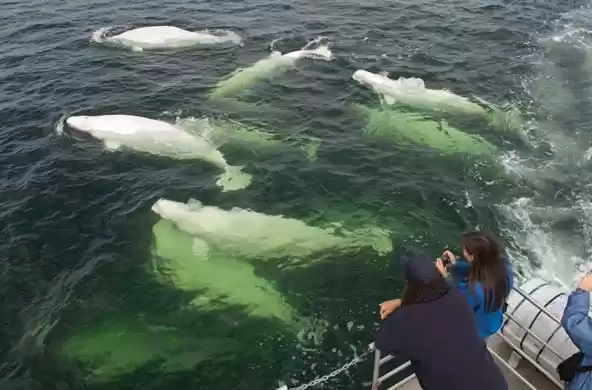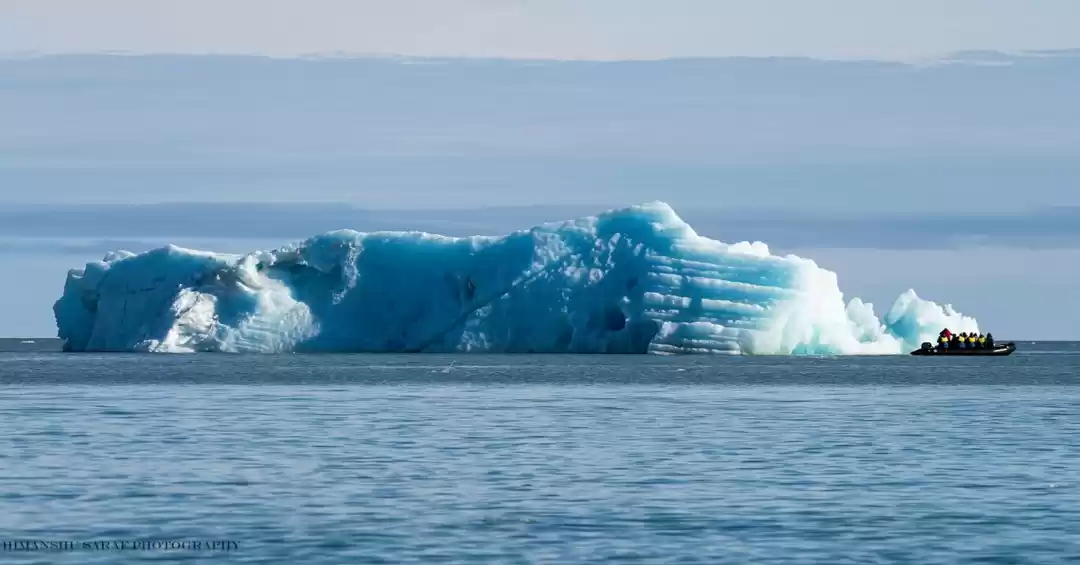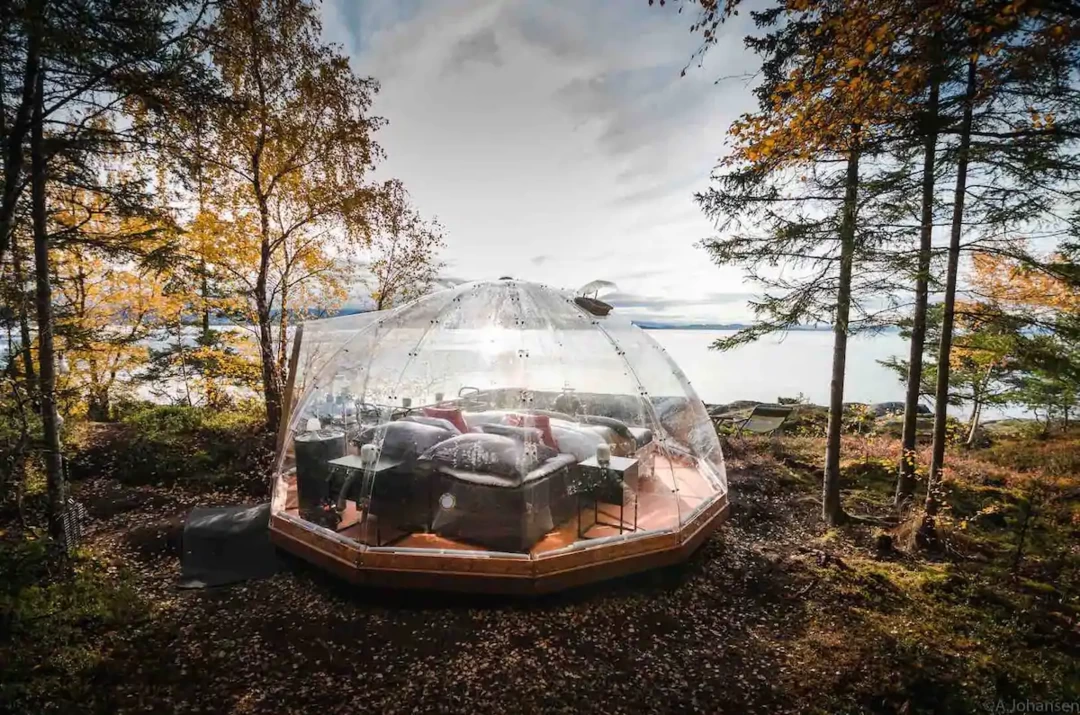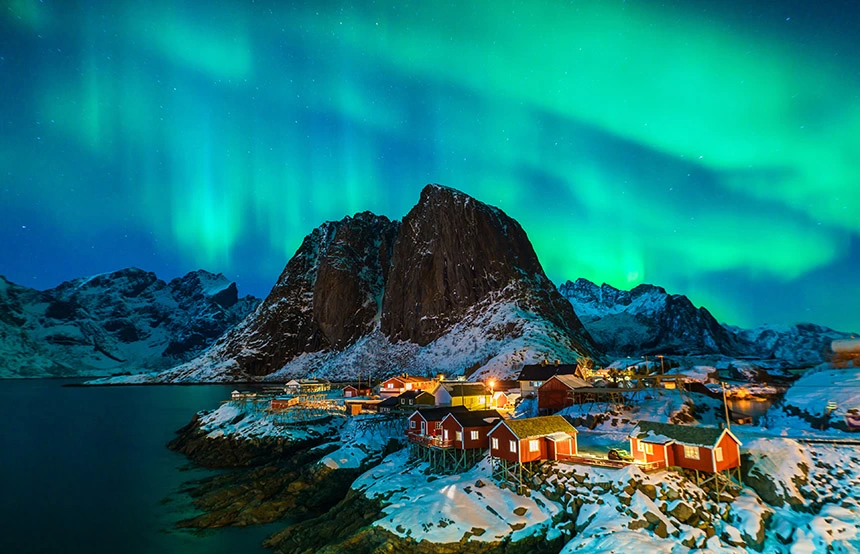
Train to the Arctic
The train from Winnipeg to Churchill negotiates a spectacular landscape of 1,700 kilometers across the provinces of Manitoba and Saskatchewan in two days. One of the most northerly train journeys, the Canadian National Railway line cuts across a landscape that changes from vast prairies to boreal forests and then to arctic tundra.

Leaving Winnipeg, we chugged along through the countryside of endless prairie grasslands and agricultural farms with huge grain silos; I was intrigued by the sight of hay bales lined up in perfect symmetry across the fields. Next morning, the panorama changed dramatically and millions of Poplar, Tamarack, Black and White Spruce, Birch and Larch trees sandwiched the winding track through the Taiga.

The ‘climate change impacted’ journey on unstable tracks, undermined by thawing permafrost, was a 36-hour crawl, and I sat expectantly by the large windows, hoping to see a Black Bear or a herd of the woodland Caribou. On the second day, the train screeched to a halt and I watched the staff struggle to heave a dead Moose off the track.

The talk in the dining car was about passengers being airlifted between Thompson and Churchill. Thankfully, the scheduled stoppage of 5 hours at Thompson was truncated to barely 5 minutes. I was having breakfast when someone spotted a Caribou; I saw it staring at the train from a distance and rued that I did not have my camera with me.
Then the vegetation progressively changed to arctic tundra and the landscape was a riot of colors with shrubs, sedges, grasses, mosses and lichens, dotted with numerous murky blue wetlands and scattered patches of boreal greens.

Churchill: The last frontier at the edge of the Arctic.
I was ecstatic as the train rolled into Churchill as we finally made it all the way to the intended destination. I was at the historic center of the North American fur trade, where the early European colonialists established the foundation for industrial exploitation of wildlife.

‘Welcome to the town of Churchill.’ The signboard at the station proudly displayed the many attractions of this historic town on the Hudson Bay. ‘Polar Bear Capital of the World,’ ‘Beluga Whale Capital of the World,’ ‘Birdwatchers Paradise,’ and ‘Nature’s Lightshow – Aurora Borealis.’
We were picked up by the Expedition Leader and Principal Scientist LeeAnn Fishback and her team from the Churchill Northern Studies Centre. The official population of Churchill is around 850 and that shrinks considerably during the winter. The streets are wide and deserted except for a handful of cars, most of them headed out of the station. There were Polar Bear warnings everywhere and soon we were to find out why.

The van headed out towards the Churchill Northern Studies Centre, 23 kilometers from the town center. It screeched to halt after five minutes and we saw our first Polar Bear, casually strolling towards town from the direction of the train track. I had my polar bear photographs and it was less than half an hour after arriving at this quaint outpost.

Churchill Northern Studies Centre
We were based at the Churchill Northern Studies Centre (CNSC), an independent research and educational facility located at the junction of three distinct ecosystems and provides a unique opportunity to experience life in the arctic tundra, boreal forest and marine environments. The CNSC motto is boldly inscribed on its outer walls – to understand and sustain the north.

The CNSC is a certified Green Building with a unique design to maximize natural light utilization, minimise resource usage, light pollution and wastage. It is located next to the former Churchill Research Rocket Range, which used to be a premier NASA operated North American rocket launch facility. The CNSC has comfortable accommodations, a fully equipped laboratory, a 360 degree dome and a deck for viewing everything from Polar Bears to birds and meteor showers to the Northern Lights.
The Expedition Work

The Hudson Bay lowlands represent the highest density of ephemeral wetlands in the world and at the Arctic’s edge at Churchill, it is possible to measure the evidence of global warming: shrinking areas of polar sea ice, retreating glaciers, permafrost studies, and less extensive winter snowpack that also melts earlier. Biological evidences of warming are also mounting and scientists expect to observe the greatest effects of global warming at higher latitudes.
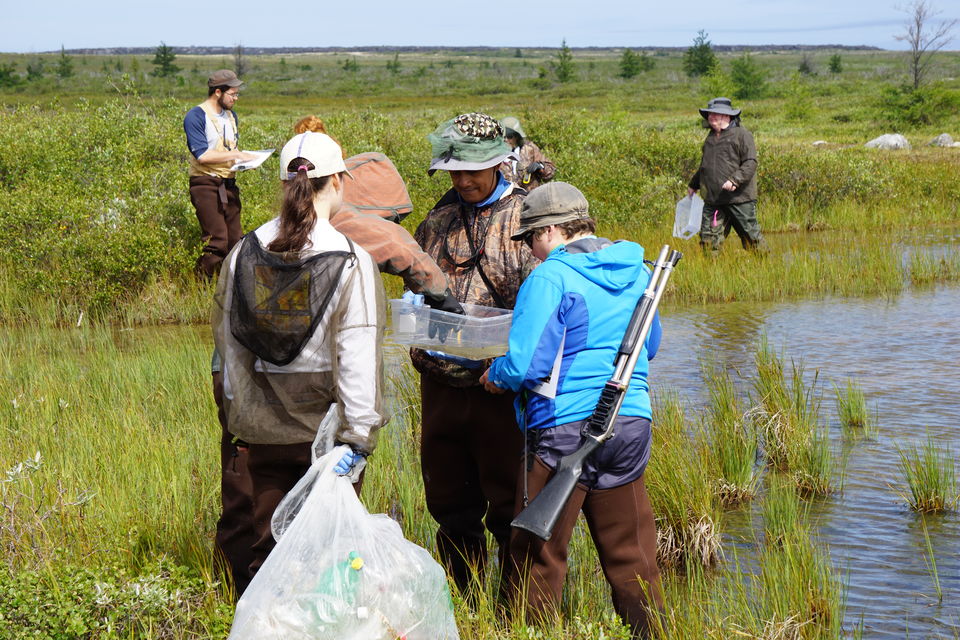
At the CNSC, our main research goal was to participate in the environmental monitoring program to collect baseline quantitative data on climate-related changes in the northern ecosystems. I took part in ongoing citizen science research to document the current status of ecosystems, benchmark future changes in the tundra wetlands and an outdoor mesocosm experiment to document the effects of warming and increased nutrient loads on the growth rate and survival of tadpoles of the Boreal Chorus and Wood frogs.

The routine was set: after an early breakfast, we would review the previous day and the tasks ahead. Then it was time to wade into the neoprene waders and drive to the designated wetlands for data collection and natural pond sampling. The main research question was ‘how does warming and increased nutrient loads affect the growth rate and survival of tadpoles.’ We also monitored the two species of Stickleback fishes, which like the Boreal Chorus Frog and the Wood Frog, survived the total freezing of their wetland habitats during the long arctic winter.

Other field tasks included species assemblage and water quality measurements. We also participated in tracking frogs and the ITEX- International Tundra Experiment - one of the most active international field programmes in arctic ecology. The purpose of ITEX is to monitor the performance of plant species and communities on a circumpolar basis in undisturbed habitats with and without environmental manipulations.

The field activities were like a treasure hunt and each discovery added to our knowledge and understanding of the ecosystem. It was a battle to protect yourself from bugs and blackflies but after a couple of days, I was actually proud of the battle scars earned on the field. After lunch, we either had lab work or participated in the Mesocosm experiment; all of this was serious science and I felt really proud of my contribution. The evening lectures were outstanding learning experiences and put the various expedition objectives into perspective.

Conclusion
My participation in this citizen science project has enriched my understanding of the biodiversity impacts of climate change, particularly on the vulnerable Arctic ecosystems. As the only participant from India, it was a special honour to celebrate the Independence Day at the Arctic.

Participating in this expedition also gave me the unique Churchill experience. The small town has great history and it was a thrill to explore the Prince of Wales Fort, the MV Ithaca shipwreck, the Miss Piggy plane wreck, the Parks Canada Visitors Centre, the Eskimo Museum and the Churchill Rocket Research Range ruins. Churchill gave me 18 Polar Bears, many of them unbelievable close and I got really close to Beluga Whales in the Hudson Bay. It gave me some incredible birds and animals endemic to the landscape.

I visited the Polar Bear Holding Facility, a jail for bears that repeatedly wanders into town, the only one of its kind in the world. After having observed the Southern Lights at Antarctica, Churchill allowed me the opportunity to observe the Northern Lights. Magically, Aurora Borealis happened one last time at the train station, when we were about to board the train back to Winnipeg.

















